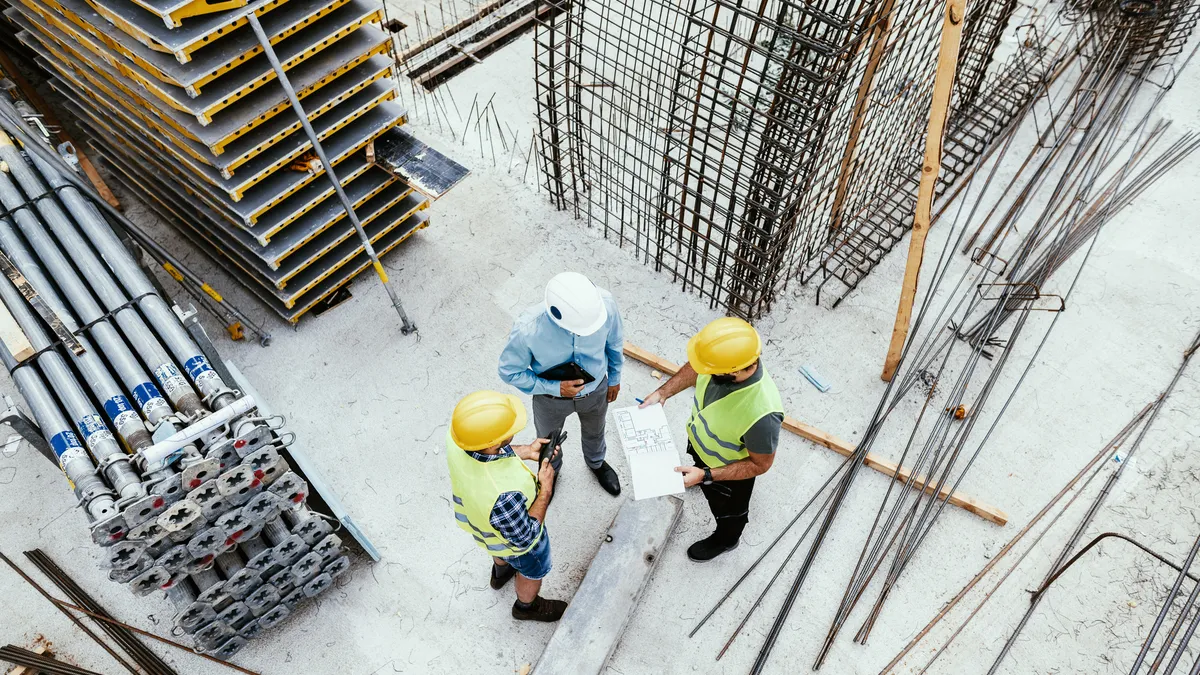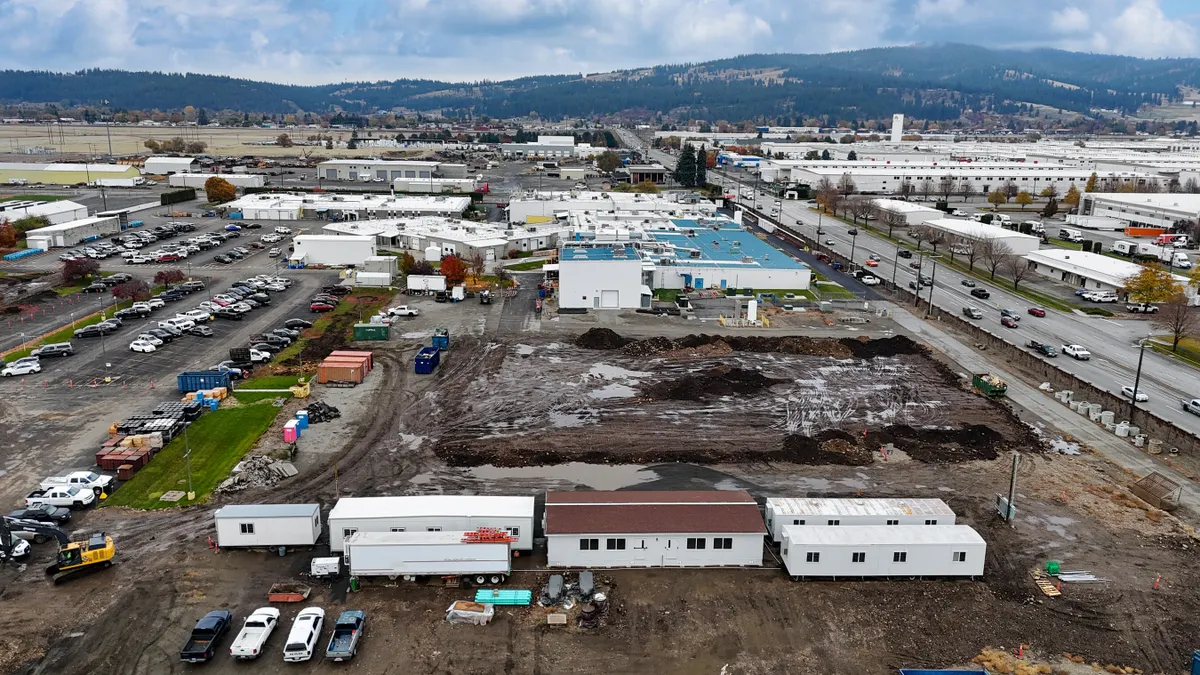James Gallagher is a professional engineer and principal of Marlton, New Jersey-based Resolution Management Consultants, a national consulting firm advising in construction planning and management.
Opinions are the author’s own.
A risk register is a tool that construction project managers use to predict, document, track and manage issues that could negatively impact their ability to achieve project goals. In the last year or so, a number of factors relating to risk have undergone disruption. Some important risk factors are now less important and vice versa.
If your construction management team is using a risk register that hasn’t been updated in the last 12 months, it is probably obsolete.
Many managers and firms start with a risk register prototype, based on prior risk experience, as the foundation of each project’s risk management program. However, caution should be exercised in the use of prototypes or templates, as every project is unique, bringing with it unique risks and potential issues to anticipate.

In recent months, a number of risk priorities have changed. Factors have come into play or grown in importance where they can dramatically impact the outcome of projects like never before. Here are 5 factors that should be reevaluated and possibly given a higher priority in project risk management:
Force majeure. Future templates must handle the force majeure concept in a more specific and less general way than it has been treated. In the past, it has been frequently dealt with as a single category. Today, force majeure factors should be broken out to represent a number of items.
The register should specifically identify and define each risk likelihood, potential damages, effect on timelines and other risk factors.
Inflation. In the last 10 years or more, inflation was rarely a factor, because it barely existed. Today, inflation is raging and no one knows where, when or how fast this current inflation spiral will rise and when it will peak.
This means that price and interest rises can add risk pressure on material acquisition, wages, progress delays, payment delays and more.
Government regulations. Government regulations are affecting construction like never before. Although President Joe Biden recently signed a law officially ending the pandemic and the emergency powers governments utilized, what is the risk and result of emergency powers being enacted again sometime? What is the risk of those federal and state regulations conflicting in a way that affects construction?
For example, in the recent past, if a federal inspector was not permitted to visit a federal project due to state health regulations, that might have affected its progress, since without the federal inspector the job cannot continue to the next steps.
Skilled labor availability. Although we believe that the scarcity of people to fill jobs is starting to balance itself, managers must be wary of risk resulting from the scarcity of trained, experienced people to fill construction jobs. This phenomenon will manifest itself by potentially increasing risk in safety, quality and timeliness, among others.
Global issues. Years ago, global events had little effect on local construction projects. Today, such factors as supply chain dynamics, the global economy, warring nations, politics and other factors increasingly affect risk relating to the successful completion of construction projects.
For experienced construction managers, it’s not as though the above issues have not been there, however in just the last year, risk has been transformed by the impact from these newly dynamic factors. It's important to recognize this transformation and tailor risk management to the realities of today's construction world.
Looking ahead
Once one's risk register has been finalized for a project, it's important to recognize that risk register management is a continuing process. Construction project managers should continually monitor risk and contingency and update one's risk register as potential threats and issues increase or subside, or if new threats arise.
Many companies develop a risk tracking process. Although off-the-shelf tracking templates are available, it will be more effective to track risk uniquely monitored and updated for the project at hand.
Best practice is to develop a risk management team of the major participants in order to benefit from having diverse expertise and perspective collaborating in anticipation of potential issues.




















